Bai Shui Tai, located in the southeast of Shangri-La City, is one of the famous tourist attractions in the area. The unique landscape here, consisting of natural, calcium carbonate tiered formations, resembles white rice terraces descending from the heavens, a breathtaking sight. Each tier is filled with delicate textures, like natural works of art.
Shangri-La Tiger Leaping Gorge
Tiger Leaping Gorge, as its name suggests, is named after a legendary tiger. The Jinsha River in the gorge flows continuously, like a giant dragon shuttling between two mountains. The river water surges and leaps in the gorge, emitting a deafening sound, like a symphony of nature. Standing by the gorge, one can feel the grandeur of nature and the vitality of life.
Meili Snow Mountain National Park
Located in Deqin County, Diqing Tibetan Autonomous Prefecture, Yunnan Province, China, the Meili Snow Mountain National Park is a tourist destination that blends snow mountains, forests, grasslands, and lakes. It is not only a showcase of natural scenery but also a place where Tibetan culture is preserved, attracting countless domestic and international tourists.
Shudu Lake, meaning the lake beside the milk residue mountain, is famous for its "morning mist reflection". Strolling through the mist, it feels like a fairyland; in spring, Shudu Lake is surrounded by azaleas, which is particularly pleasant; in summer, flowers are in full bloom, the pasture is lush, and the lake water is refreshing, far away from the scorching heat; in autumn, the colors are varied and the forests are dyed; in winter, the snow is white and pure. Shudu Lake was the final stop of the Yunnan leg of the 2008 Beijing Olympic torch relay.
Bita Lake, the Pearl of the Plateau
The water of Bitahai Lake comes from the melting snow of the snow mountains and streams. There is a small circular island in the lake, with abundant vegetation and plant species, which botanists call a "plant gene bank". An ancient Buddhist temple is built on the island. The wetland ecosystem centered on Bitahai Lake is listed as an internationally important wetland.
Pudacuo National Park is the first national park in mainland China and a national 5A-level tourist attraction. Located in the heart of the Three Parallel Rivers of Yunnan Protected Areas, a UNESCO World Heritage Site, it covers an area of 601.1 square kilometers and consists of two parts: the Bita Lake National Nature Reserve, an internationally important wetland, and the Haba area of the Three Parallel Rivers, including the Shudu Lake scenic area. The name "Pudacuo" originates from a Sanskrit classic in Tibetan Buddhism, meaning a boat that guides all beings to the other shore of the sea of suffering.

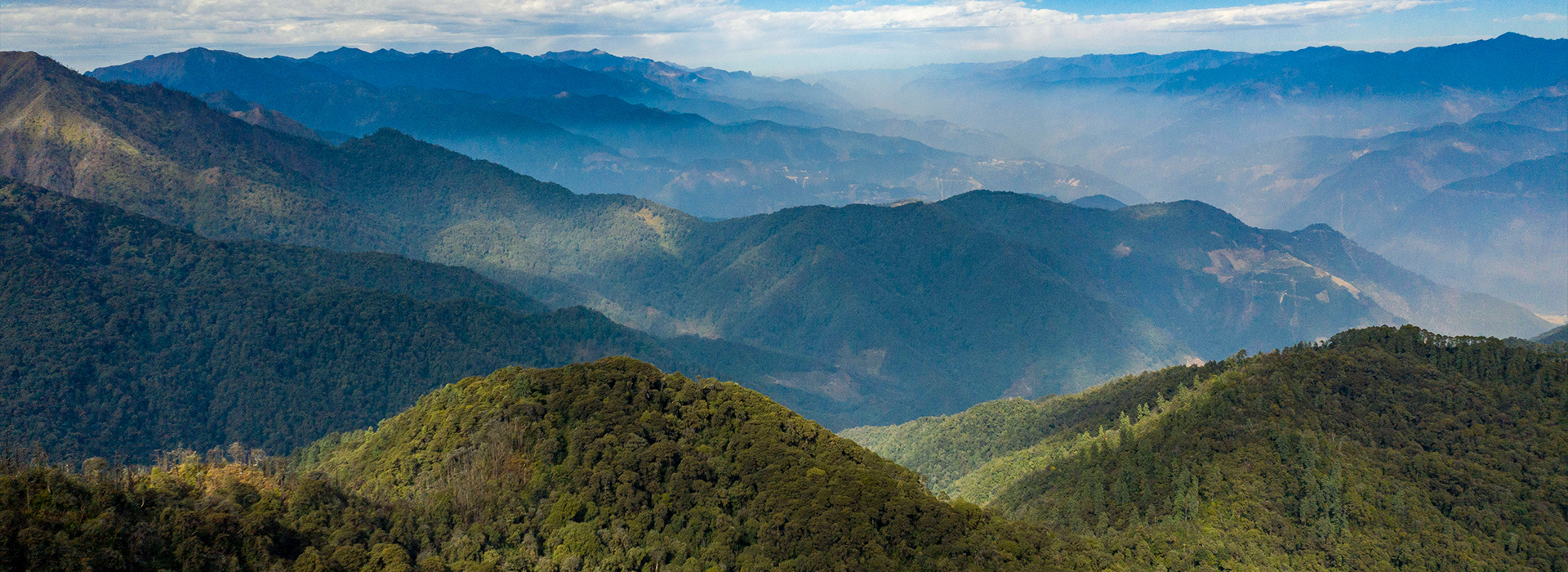

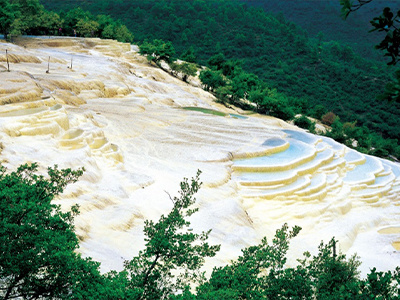
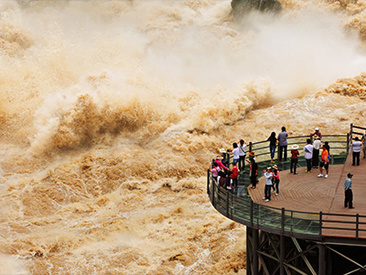
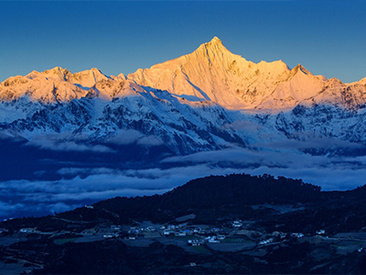
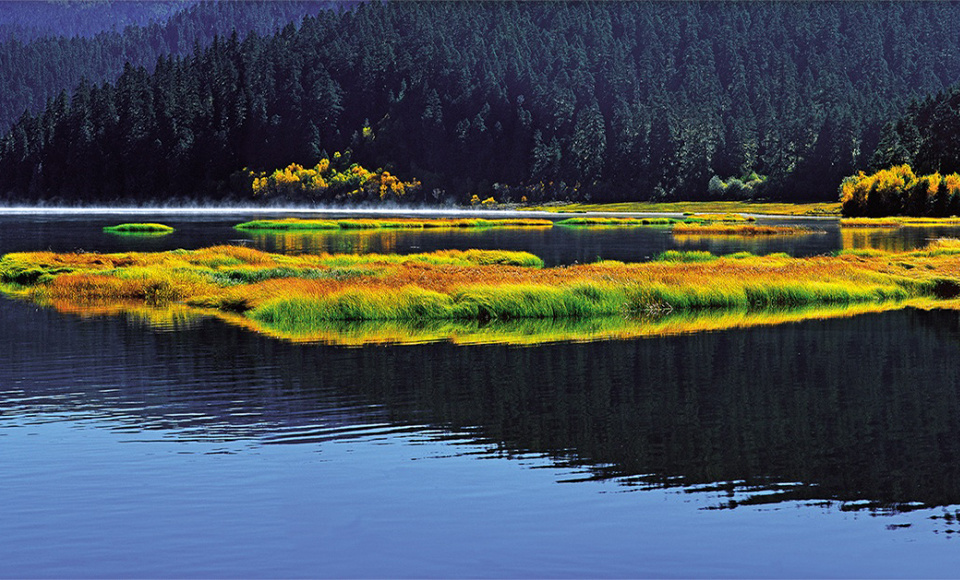
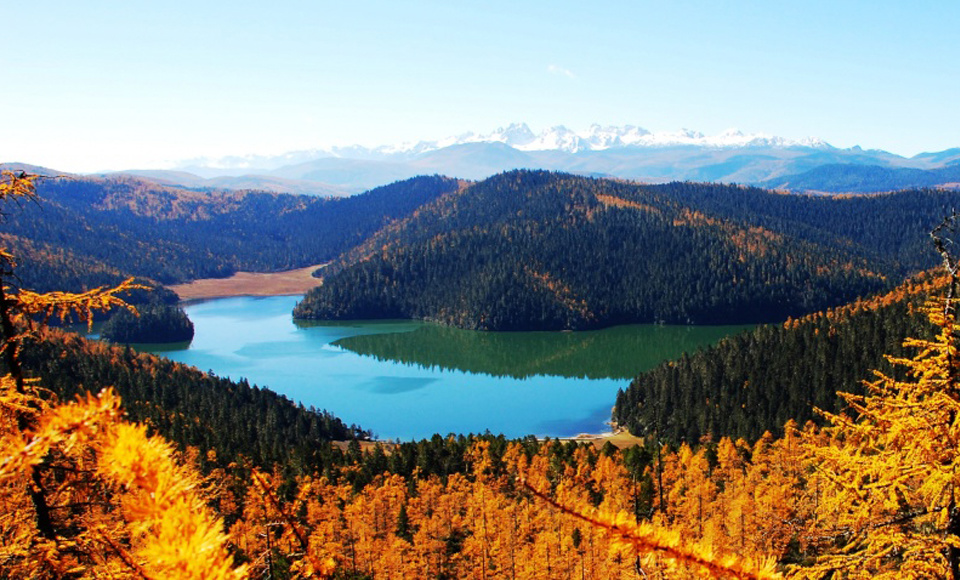
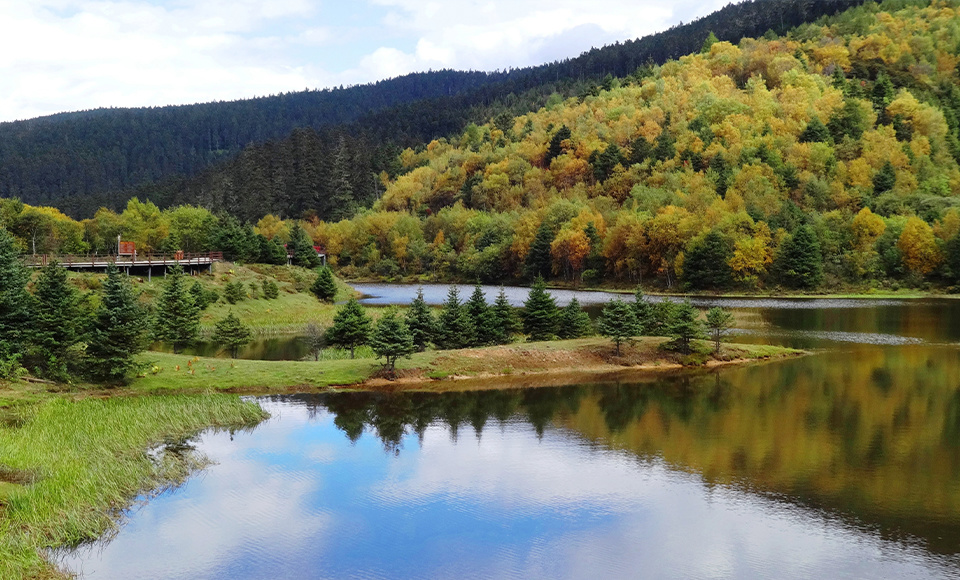

 Wechat Official Account
Wechat Official Account